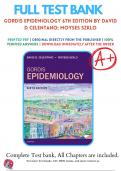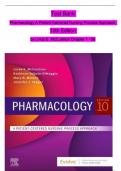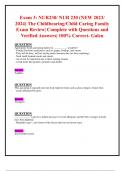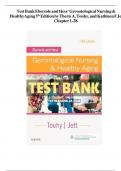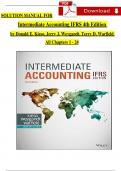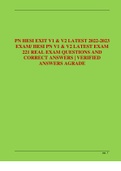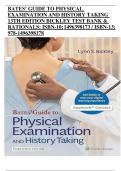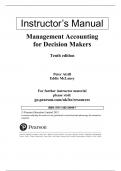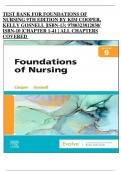Tentamen (uitwerkingen)
Test Bank for Gordis Epidemiology 6th Edition By David D Celentano; Moyses Szklo () /9780323552295/ Chapter 1-20 Questions and Answers A+
- Vak
- Instelling
- Boek
Master epidemiology for your nursing exams with the Test Bank for Gordis Epidemiology 6th Edition by David D Celentano and Moyses Szklo. Access an instant, printable PDF filled with original Questions and Answers across Chapters 1 to 20. Designed for nursing students, this resource offers convenien...
[Meer zien]
